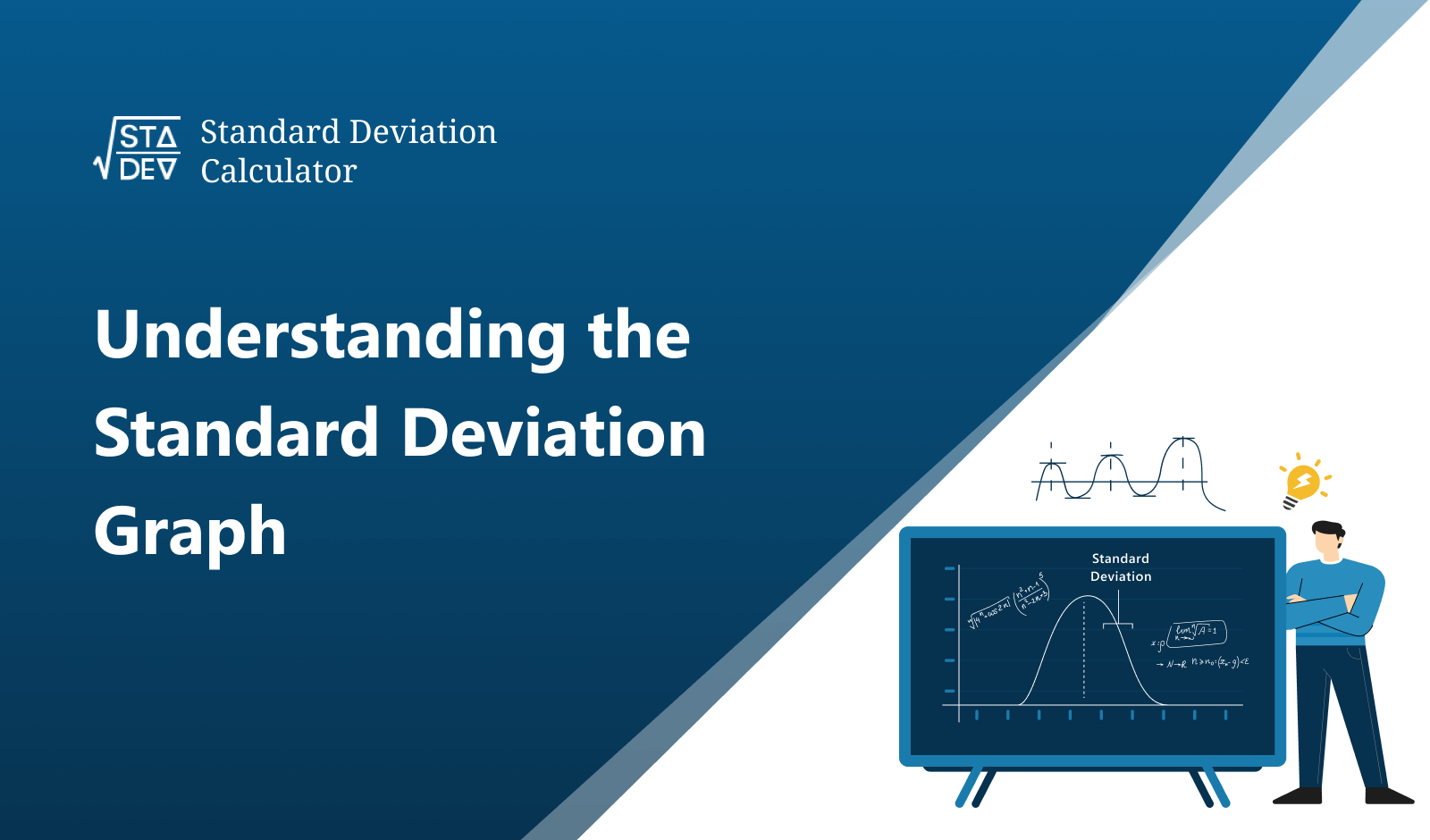T test calculator is an online tool that helps to find the t-value of the two samples using the t-test statistics and formula of the two sample t-test. Our T-test calculator provides a step-by-step solution for the t-value by finding the mean and variance of the data sets.
What is the T-Test in Statistics?
Statistics is an essential tool for analyzing data, and it helps us to make sense of the world around us. The t-test is a statistical test that helps researchers determine whether the means of two groups are significantly different from each other.
Introduction to T-Test:
The t-test is a statistical test that is used to compare the means of two groups. It was developed by William Sealy Gosset, who was a statistician at the Guinness Brewery in Dublin, Ireland. Gosset developed the T-test as a way to help brewers make better beer by analyzing the quality of the raw materials used.
The T-test is based on the t-distribution, which is a probability distribution that is similar to the normal distribution. The T-test is used when the sample size is small (less than 30) or when the population standard deviation is unknown.
Types of T-Tests:
There are three types of T-tests:
- One-sample T-test
- Two-sample T-test
- Paired T-test
Assumptions of the T-Test:
The T-test has several assumptions that must be met for the test to be valid. The assumptions are:
- The data are normally distributed
- The variances of the two groups are equal
- The observations are independent
If these assumptions are not met, the results of the T-test may not be accurate.
Limitations of T-Test:
The T-test has some limitations that must be considered when using the test. The limitations include:
- The T-test assumes that the data are normally distributed
- The T-test assumes that the variances of the two groups being compared are equal
- The T-test is sensitive to outliers
- The T-test is only valid for small sample sizes (less than 30)
When to Use T-Test?
The T-test is used when we want to compare the means of two groups. The T-test is appropriate when the data are normally distributed, the variances of the two groups are equal, and the sample size is small (less than 30).
T-Test vs. Z-Test:
The T-test and the Z-test are both used to test hypotheses about the means of two groups.
The main difference between the two tests is that the T-test is used when the population standard deviation is unknown or the sample size is small (less than 30), while the Z-test is used when the population standard deviation is known. The sample size is large (greater than 30).
Example of t-test:
Perform a T-test on the following data sets:
X = 6, 33, 1, 74, 8.9
Y = 9.2, 13, 53, 11, 64
Solution:
Step 1: Extract the data
X = 6, 33, 1, 74, 8.9
Y = 9.2, 13, 53, 11, 64
Step 2: Calculate the mean of the data sets.
Mean for Dataset X:
X̄ = (6 + 33 + 1 + 74 + 8.9) / 5
X̄ = 24.580
Mean for Dataset Y:
Ȳ = (9.2 + 13 + 53 + 11 + 64) / 5
Ȳ = 30.040
Step 3: Calculate the variance of the data sets.
Variance for Dataset X:
Xi | Xi - X̄ | (Xi - X̄)2 |
6 | -18.58 | 345.22 |
33 | 8.42 | 70.90 |
1 | -23.58 | 556.02 |
74 | 49.42 | 2442.34 |
8.9 | -15.68 | 245.86 |
∑Xi = 122.90 | | ∑ (Xi - X)2 = 3660.34 |
Variance = s2 = ∑ (Xi - X)2 / (N-1)
Now putting values in the above equation:
Variance = s2 = (3660.34) / (5 – 1)
Variance = s2 = 3660.34 / 4
Variance = s2 = 915.09
Variance for Dataset Y:
Yi | Yi - Ȳ | (Yi - Ȳ)2 |
9.2 | -20.84 | 434.31 |
13 | -17.04 | 290.36 |
53 | 22.96 | 527.16 |
11 | -19.04 | 362.52 |
64 | 33.96 | 1153.28 |
∑Yi = 150.20 | | ∑ (Yi - Ȳ)2 = 2767.63 |
Variance = s2 = ∑ (Yi - Ȳ)2 / (N – 1)
Now putting values in the above equation:
Variance = s2 = 2767.63 / (5 – 1)
Variance = s2 = 2767.63 / 4
Variance = s2 = 691.91
Step 4: Put the values in the formula of the t-test.
T-Value = {Mean (X) - Mean (Y)} / √ (var (X) / N + var(Y) / N)
T-Value = {(24.580) – (30.040)} / √ (915.09) / 5 + (691.91) / 5
T-Value = -5.46 / √ ((183.02) + (138.38))
T-Value = -5.46 √ 321.40
T-Value = -5.46 / 17.93
T-Value = -0.30
To verify the results of the above T-value use our above two sample t test calculator by simply entering the values in the given input fields and pressing the calculate button.
Frequently Asked Questions
What is a t-test?
A t-test is one of the most well-known statistical tests that is used to measure the difference between the means of two data sets. This test is applicable for a sample size of less than 30 observations and to find the t-value use different tests such as the one-sample t-test, two-sample t-test, and paired t-test. The most general form used for t-value is the two-sample t-test by finding the means and variance value of the given data sets.
What does a t-test measure?
T-test measures the difference between the group's means divided by the standard error of the two groups’ means. To find the t-value use the two-sample test formula which finds the mean of both data sets separately and also finds the variance separately. Moreover, to find the numerical value of any data by t-test use our above t test calculator.
What are t-test critical values?
Critical values are found to determine whether the statistical test is significant or not by finding the upper and lower bounds of confidence intervals for certain data set values. For this observation, use the two-sample test to determine whether the mean values of the two data sets are significantly different.
Can I use a t-test to measure the difference for several groups?
No, a t-test cannot be used to compare more than two data set groups because the error value of the t-test cannot find the actual error when more than two groups are compared. For more than two groups data sets used the ANOVA, Tukey-Kramer, Dennett’s, or ANOM test.
What is the difference between a two-sample t-test and a paired t-test?
Both are statistical tests that are used to compare the average values of the given data sets. But the main difference is two-sample test is used when the data of the two samples are independent while the pair test is used when the data is in the form of the matched pair.







